Packaging filler is a material used to fill empty space in a package. It is used to protect the contents of the package and to keep them from moving around during shipping. Packaging filler can be made from a variety of materials, including paper, foam, plastic, and cornstarch.
Packaging filler can be used for a variety of purposes, including protecting delicate items, filling empty space in a box, and cushioning items. When choosing packaging filler, it is important to consider the type of items being packaged, the amount of space that needs to be filled, and the desired level of protection. For example, shredded paper is a good choice for protecting fragile items, while bubble wrap is better for filling empty space and providing cushioning.
World packaging market
The global packaging market is growing at a healthy rate and is expected to continue doing so in the coming years. The market was estimated to be worth US$ 851 billion in 2018 and is expected to reach US$ 1.1 trillion by 2025. The growth of the packaging industry is being driven by the growing demand from the food and beverage industry, which is expected to continue to grow at a healthy rate in the coming years. The Asia-Pacific region is the largest market for packaging, accounting for more than half of the global market. The region is expected to continue to grow at a healthy rate in the coming years, driven by the growing demand from the food and beverage industry.

According to recent estimates, global plastic production almost reached 359 million tonnes in 2018 – and this number is only expected to grow. Even in Europe, where environmental concerns are usually high and public opinion plays a big role, packaging is of key importance since it represents almost 40% of the plastics demand. This share is very expressive since it is more than double the second main use of plastics (building and construction, which corresponds to almost 20% of share).

Fillers used in the packaging world
There are two types of cellulose-based packaging: corrugated cases (the standard brown box used for shipping) and paperboard cartons (which you might see on supermarket shelves, holding cereal, toothpaste, or frozen food, for example). There are many different design possibilities within both categories, and the choice of which to use depends on the product’s requirements, the ease of manufacturing, and the design strategy. These materials are used for “secondary packaging” (because they don’t come into direct contact with the product) in the case of paperboard cartons or “transport packaging” in the case of corrugated cases, for obvious reasons.
Given that fillers enhance visual properties in paper packaging, it is essential to use them in order to make the packaging more attractive to customers. This is not the case for corrugated cases, which are used for the purpose of protecting and grouping various units of products during transport. However, for paperboard carton packaging, this feature is crucial for making the packaging stand out on shelves, grabbing consumer’s attention, and ultimately improving sales.
Fillers are not added during the process of “converting” cellulosic packaging (printing, cutting, creasing, gluing, etc.), but during the production of the various paper grades that will be further transformed.
In a papermaking process, fillers are mainly used to increase the opacity, smoothness, printability, and bulk of the paper.
Fillers are defined as insoluble particles that are added to the slurries of cellulosic fibers before the formation of paper. The uses of fillers vary from zero to 30%. On average, it is estimated that minerals used for wet-end addition and coatings make up 8% (by mass) of the materials used in the paper industry. Fillers are mainly used to increase the opacity, smoothness, printability, and bulk of the paper.
The grade and purpose of specific paper or paperboard determines the amount of fillers used in papermaking. For example, an aseptic multilayer packaging, such as a milk box, may have little or no fillers, while printing papers may have 30% or more filler content.
The cost of fillers has decreased, leading to an increase in their use. This is due to market demand for more opaque and bright paper. The most common fillers used in papermaking are shown in the table.
| Chemical composition | Natural source | Synthetic source |
|---|---|---|
| CaCO3 | Ground limestone (GCC) Chalk (ground) | Precipitated calcium carbonate (PCC) |
| Al2O3.2SiO2.2H2O | Clay (hydrous kaolinite) | Precipitated aluminum silicate |
| TiO2 | — | Titanium dioxide |
| Mg3Si4O10(OH)2 | Talc | — |
| CaSO4.2H2O | — | Gypsum |
There are a lot of different ways to package your products, and sometimes it can be hard to decide what to use to fill your boxes and containers. Here are 10 great ideas for packaging filler that will help keep your products safe and sound during shipping:
Bubble wrap

Bubble wrap is a great way to add a layer of protection to your products. Simply place your items in the center of a sheet of bubble wrap and fold the edges over. This will help to keep your items safe from bumps and scratches during shipping. Bubble wrap is also great for protecting delicate items such as glassware.
Foam peanuts
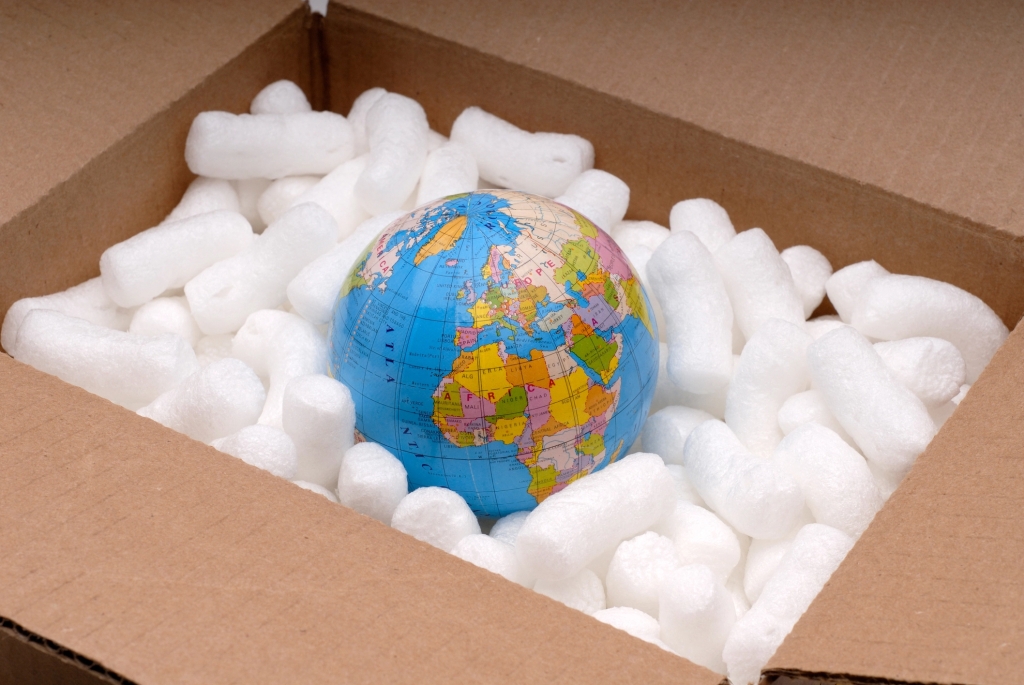
Foam peanuts are great for protecting your products because they will cushion your items and keep them from moving around. Simply place your items in the center of a bag of peanuts and seal it up. This will keep your items safe and secure during shipping.
Crumpled paper
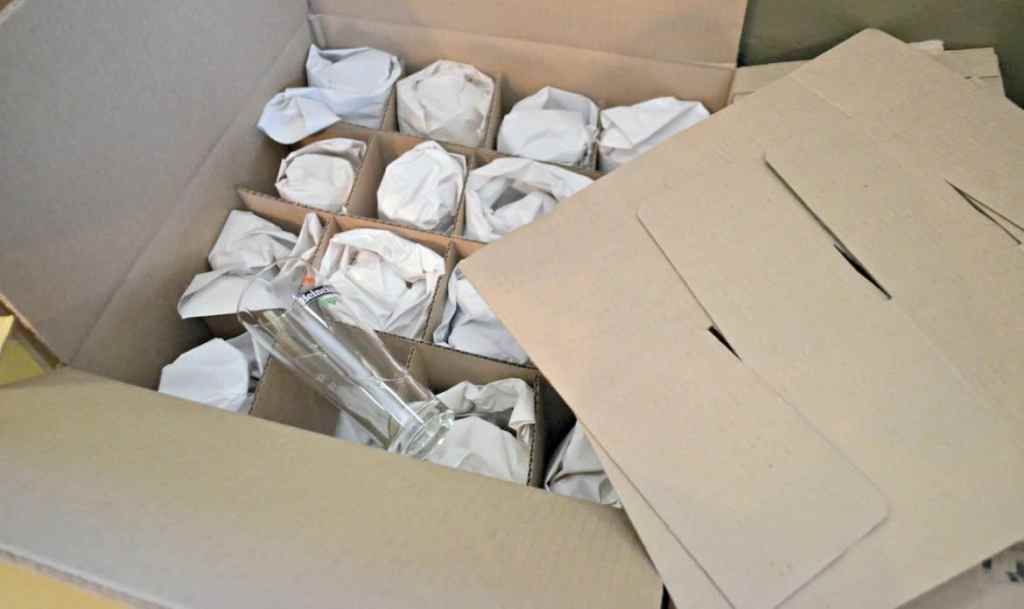
If you’re looking for a way to add a little bit of cushioning to your packages, crumpled paper is a great option. Simply crumple up a few sheets of paper and place them in the bottom of your box. This will help to absorb any impact and protect your items from being damaged in transit.
Air pillows
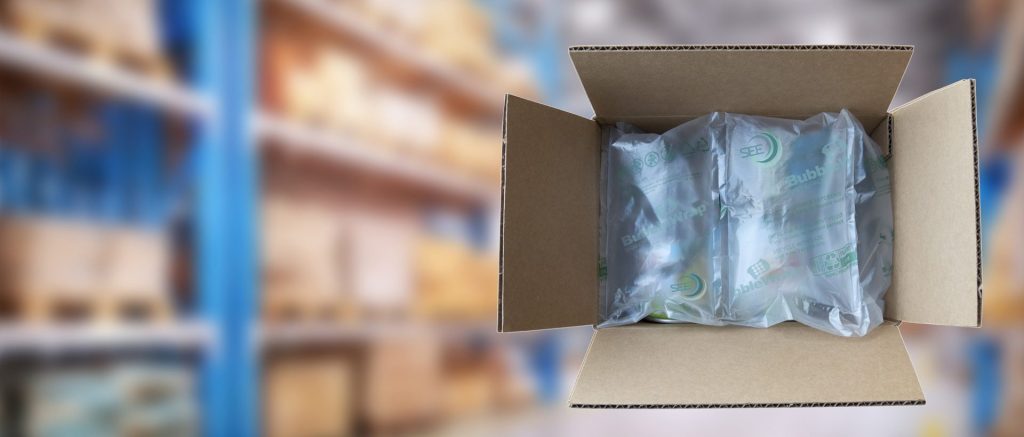
Air pillows are a great way to add both cushioning and protection to your packages. Simply place your items in the center of a pillow and seal it up. This will not only protect your items from bumps and bruises, but will also keep them from shifting around during shipping.
Styrofoam
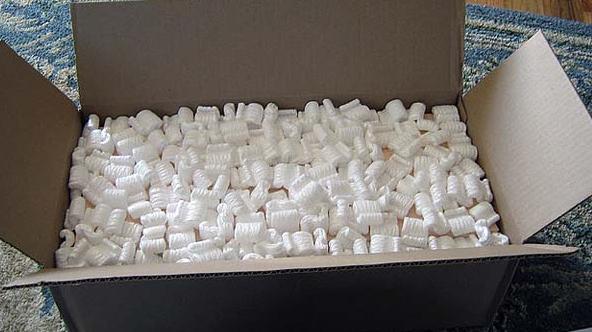
Styrofoam is a great option for protecting delicate items. Simply place your items in the center of a sheet of Styrofoam and seal it up. This will keep them safe from bumps and scratches. You can also use Styrofoam to cushion fragile items in boxes. This will help to prevent them from breaking during shipping.
Tissue paper
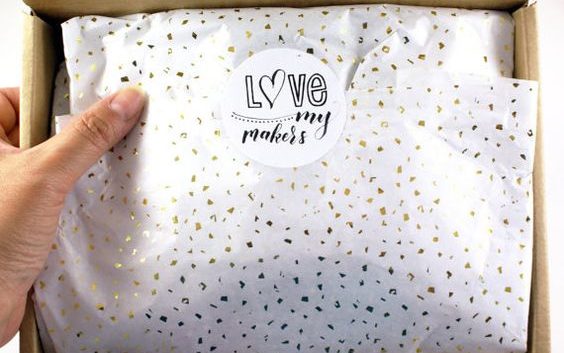
Tissue paper is a great way to add a bit of protection to delicate items. Simply place your items in the center of a sheet of tissue paper and seal it up. This will help to cushion your items and prevent them from being damaged in transit. You can also use tissue paper to wrap up fragile items such as glassware or china. This will help to keep them safe and prevent them from breaking.
Fabric

Fabric is a great way to add a bit of protection to delicate items. Simply place your items in the center of a piece of fabric and seal it up. This will help to keep them safe from bumps and scratches. You can even use fabric to wrap up items that are breakable, like vases or dishes.
Glassine bags

Glassine bags are a great way to keep small items from shifting during shipping. Simply place your items in the center of a bag and seal it up. This will keep your items from moving around and getting damaged during transit.

Leave a comment